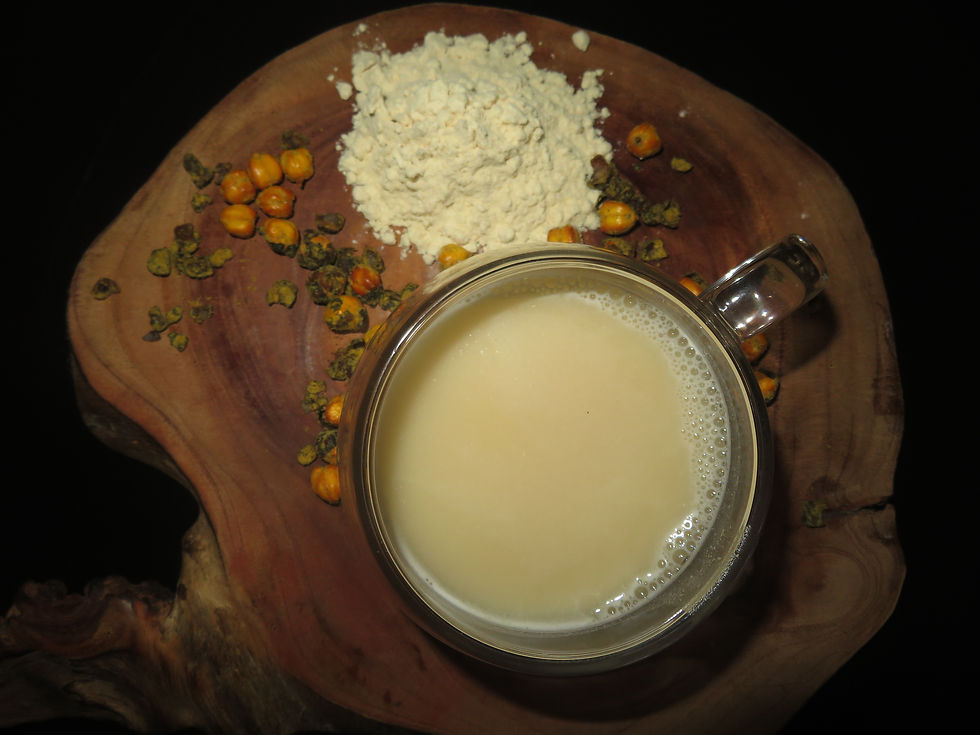Tulsi, A homegrown remedy
- mitu khaitan
- Oct 2
- 2 min read

Walk into almost any Indian household and chances are, there’s a tulsi plant sitting somewhere near the entrance. Not hidden away in the kitchen garden, right at the front, often with its own structure, and sometimes even more well-maintained than the furniture inside.
Tulsi isn’t there by accident. It’s intentional. For centuries, it’s been considered sacred, not just for religious reasons, but because it actually works. In Ayurveda, tulsi is known as the medicinal herb. Got a sore throat? Boil tulsi. Feeling under the weather? Crush the leaves into honey. Stomach upset? There’s probably a tulsi-based remedy for that too.
The fascinating thing is how tulsi manages to straddle three worlds: ritual, health, and memory. It’s part of daily pujas, part of every household’s medical response team, and part of almost everyone’s childhood. You didn’t need a thermometer, just the smell of kadha being made in the kitchen was enough to know someone had a cold.
Scientifically, tulsi backs up its reputation. It’s rich in eugenol, which has anti-inflammatory and antimicrobial properties. It’s what makes that tulsi tea taste sharp, and makes it work. Its leaves are also packed with antioxidants, and it’s classified as an adaptogen, meaning it helps the body deal with stress. It’s efficient without needing attention. Low maintenance, high value.
But it’s not just a home remedy. Tulsi is now big business. Farmers across India grow it for large-scale exports, and you’ll find it in everything from herbal supplements to face serums. Major brands have built entire product lines around it. And yet, most people still get theirs from the pot outside their kitchen door.
Tulsi has always been there in the background, doing exactly what it’s meant to, and being one of the most powerful herbs yet.








Comments